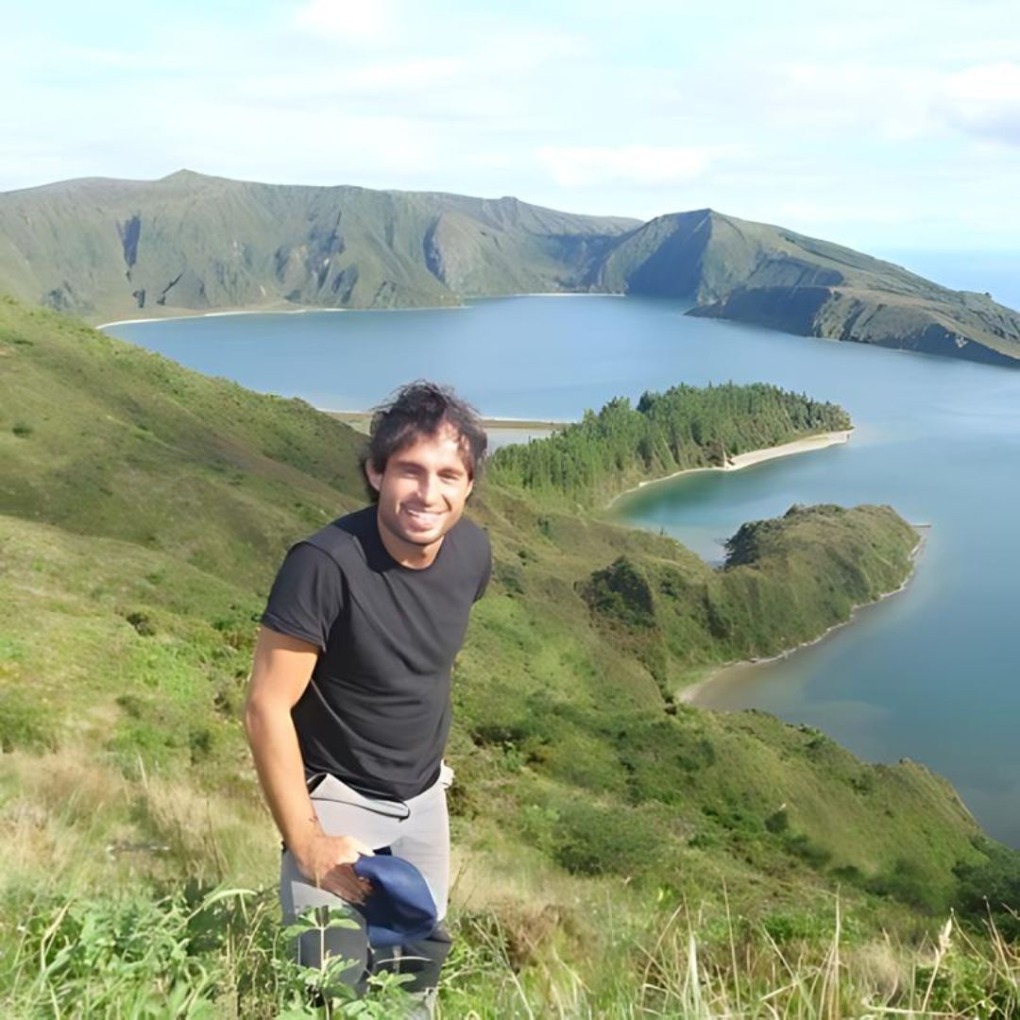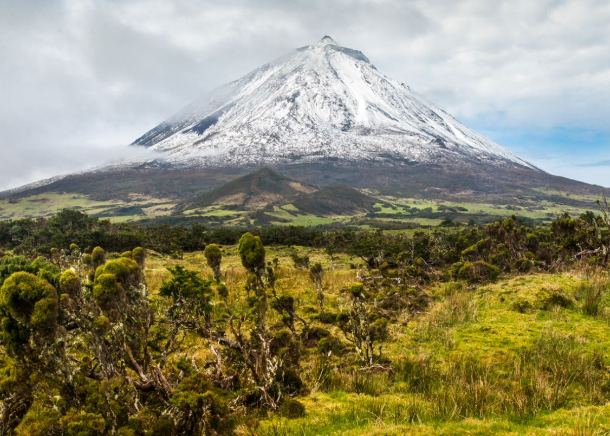
Summary:
Understanding the drivers of biodiversity in most terrestrial ecosystems remains an important frontier and challenge in ecological and evolutionary research. Space and time are of equally fundamental importance, where space takes the form of both geographical distance and ecological gradients, while time gives rise to population genetic and phylogenetic processes. However, the logistical challenges of working at the community level, while also incorporating the dimensions of space and time, have seen limited progress toward their integration to both characterize, and understand what promotes spatial variation in biological communities.
Island arthropod communities are frequently rich in endemic species, demonstrating that both history (e.g. speciation) and ecology must be considered together to understand not only how such communities form, but also how they vary spatially, and why. Island systems not only demonstrate the dual importance of history and ecology, but also facilitate their analysis, due to the logistical advantages of their small size, defined boundaries, temporal geological context, and simplified communities in contrast to comparable continental settings.
Even though insular arthropod communities may be species-poor in comparison with continental settings, their analysis is typically complicated by the same fundamental limitation: regional species lists and taxonomy are often incomplete or lacking, and taxonomic expertise is often not readily available. DynaCom overcomes these limitations by taking advantage of novel protocols developed by the PI and members of the research team for arthropods of the aboveground and soil habitats within an insular setting. These protocols combine classical ecological sampling techniques with DNA sequencing protocols, permitting unprecedented geographic coverage and taxonomic sampling within a fully comparable framework. The project DynaCom applies these protocols strategically within and among islands across the archipelagos of Macaronesia to address a series of specific objectives that fall within four general objectives. The first general objective is to characterise arthropod species richness, community structure and turnover for both aboveground and belowground habitats. The second general objective is to then understand how patterns of community similarity are influenced by geographic distance and ecological gradients, and to use an island chronosequence to understand the importance of adaptive speciation over time for community assembly. Objective three then integrates community-level population genetic data with orography and climate within specific case studies to understand the temporal dynamics of community assembly by ecological isolation and non-adaptive speciation.
Finally, within the fourth general objective, genetic variation within arthropod communities is used to test among competing geological hypotheses of island origin. DynaCom builds upon active collaborations and new technical developments for the delivery of biodiversity data for biological communities of arthropods at an unparalleled taxonomic and geographical scale. The questions addressed within DynaCom are designed to be of broad interest to community ecologists, evolutionary biologists and biogeographers, intersecting both disciplines within a novel comparative framework.
Funding Institution:
Ministerio de Economia, Industria & Competividad; Spain.
Partners:
Coordinator: Brent Emerson (Instituto de Productos Naturales y Agrobiología (IPNA-CSIC), Tenerife, Canary Islands);
Team: Marcelino del Arco Aguilar (Universidad de La Laguna); Jairo Patiño Llorente; Heriberto López Hernández, Paula Arribas Blazquez; Carmelo Andújar Fernández (IPNA-CSIC); Paulo A. V. Borges (Univ of Azores).
Members: Paulo Borges, Jairo Patiño Llorente (Azorean Biodiversity Group – cE3c).



